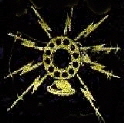 |
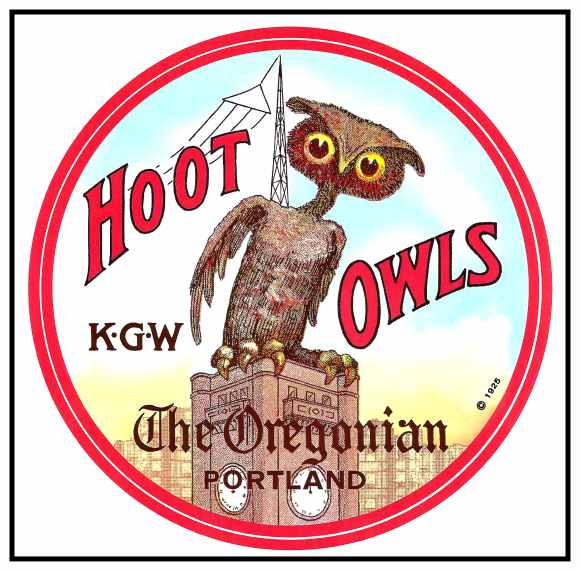 |
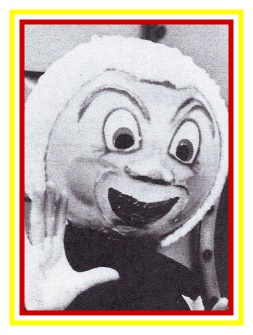 |
||
 |
||||
|
|
||||||||||||||||||||||||||||||||||||||||||
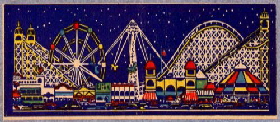 |
|
|
||||||||||||||||||||||||||||||||||||||||||||||||||||||||||||||
|
In May 1882, a real estate company purchased 321 acres from the Rev. John Sellwood, a pioneer Episcopal minister. He was born in England and later served a ministry in Illinois before moving to Oregon. The town of “Sellwood” was incorporated in 1883 above the east bank of the Willamette River, about five miles south of Portland. To attract potential home buyers, the Sellwood Real Estate Company provided a free passenger ferry from downtown Portland to Umatilla Street. |
 |
|||||||||||
|
The Sellwood Ferry crossing the Willamette River in 1909. The Sellwood Bridge, which was built adjacent to the ferry landing, opened to motorists on December 15, 1925. |
|||||||||||
|
A post office was established at Sellwood in 1883. Ten years later in 1893, Sellwood was annexed into the City of Portland. The previous year, the nation’s first interurban line ran south from Portland, first to Sellwood and Golf Junction, past Garthwick, then on to Milwaukie and Oregon City. |
|||||||||||
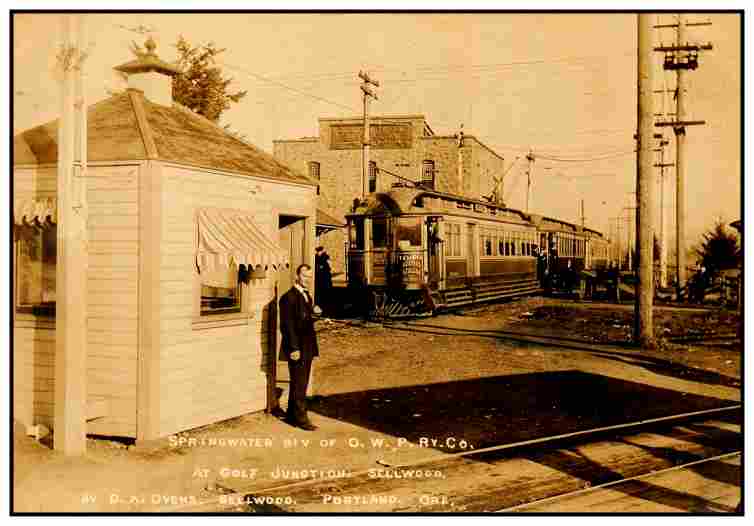 |
|||||||||||
|
Early view of an interurban car at Golf Junction. |
|||||||||||
|
Opposite Golf Junction, the 180-acre Waverly Golf Links, owned by Waverly Golf Club, was one of the largest tracts of land in the country devoted to the sport of golf. Sellwood was home to mill workers and the crews who operated and maintained the streetcars and their families. |
|||||||||||
|
|
Entrance to Waverly Golf Links. |
|
|
Waverly Country Club and Golf Links. |
|
|
Getting goods and supplies to and from the rail depots was the job of Sellwood Transfer Company with offices at 531 Umatilla Street. |
 |
|
The Sellwood Car House was the hub of activity in Sellwood. |
|
|
Interior view showing the crew at the Sellwood Car House. |
|||||||||||||||||||||
|
Streetcars allowed people to live away from the city and brought them back to earn a living, buy food and clothing and take them to school, to church and to connect them with the rest of the country. The Sellwood Car House was built in 1909 and it housed the streetcars that were used on the Sellwood City Line, as well as cars to and from Gresham, Bull Run, Mt. Scott, Oregon City, Estacada and Molalla. The Sellwood Car House, which stood until November 2003, was Portland’s largest car barn for the third largest streetcar system in the world. The line from Portland to Oregon City was the first interurban line in the Northwest and it was the first true electric railroad in the world. It was built to steam railroad standards and it carried both passengers and freight. The Sellwood Line was really unique. It outlasted the other standard gauge lines and no two cars of the same type were used on the line. There were interurban cars and suburban cars, yellow-jackets (red and yellow cars) and pay-as-you-enter cars. Passengers on the Sellwood City Lines never knew what kind of car they would ride on. Some cars had cross seats, some had longitudinal, and cars weren’t always the same colors. Patrons of the other Sellwood Car Divisions that rode on interurbans could usually expect to ride the same type of car. The Sellwood Line was the only City Line to have been an interurban first (1893-1903), the first line to serve a mausoleum with a spur track for a funeral car and it had the distinction of having been involved in a murder mystery (the Wanas Case of Dec. 31, 1908). |
|||||||||||||||||||||
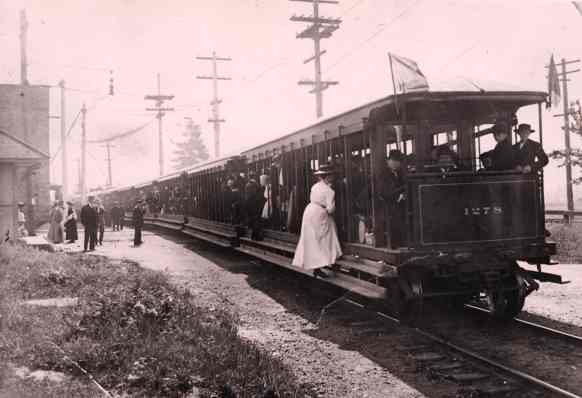 |
|||||||||||||||||||||
|
Early view of an outbound Estacada excursion train with 2 motor cars and 6 trailers loading at Golf Links (later Golf Junction) on a Sunday morning as seen from the Sellwood Car House. The Golf Links Depot and Substation are on the far left. |
|||||||||||||||||||||
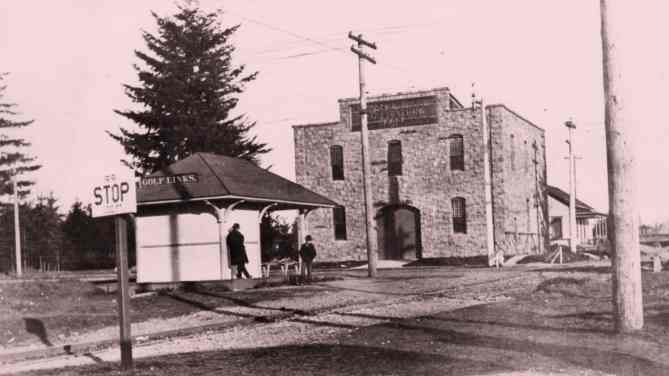 |
|||||||||||||||||||||
|
This view shows the Golf Links (later Golf Junction) Depot and Power Substation. |
|||||||||||||||||||||
|
The Sellwood Line served the working class families of early Portland and a branch line was added to nearby Eastmoreland, a neighborhood made up of middle-income homes established in 1912 by the Ladd Estate Company. The residents of Sellwood benefitted greatly from the large number of trippers (rush hour add-ons) and regular trains that went to and from Mt. Scott, Hawthorne, Richmond and Woodstock. All of them would start and end at the Sellwood Car House. The line ran from Hawthorne Street in Portland to Sellwood’s City View Park (a popular horse track near the present-day Sellwood Park) and it transported its first passengers in June of 1892. It remained an interurban line until the newly opened river route took the big cars off the streets in August of 1904. The Sellwood City Line continued to carry passengers (basically unchanged) until the lines were converted to Trolley Coaches in 1940. In 1952, the electric lines were removed and gasoline busses began transporting the families of Sellwood. |
|||||||||||||||||||||
 |
|||||||||||||||||||||
|
The old Golf Junction Depot near Waverly Golf Course at 13th and Ochoco. All cars on the Sellwood Division, as well as the Sellwood City Line, met at Golf Junction. |
|||||||||||||||||||||
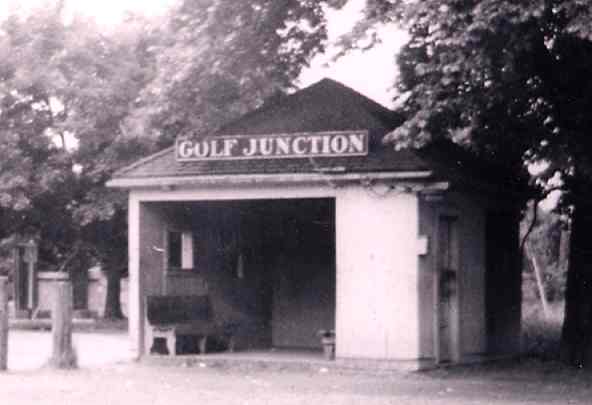 |
|||||||||||||||||||||
|
Later view of the Golf Junction Waiting Room after removal of the bay window. |
|||||||||||||||||||||
|
|
Early days in Sellwood before 13th Street was paved [Stephen Kenney Collection]. |
|
|
Winter scene at 13th & Umatilla in 1909. |
|
|
Early view of Quality Cleaners and Dyers located at 720 East 17th Street. |
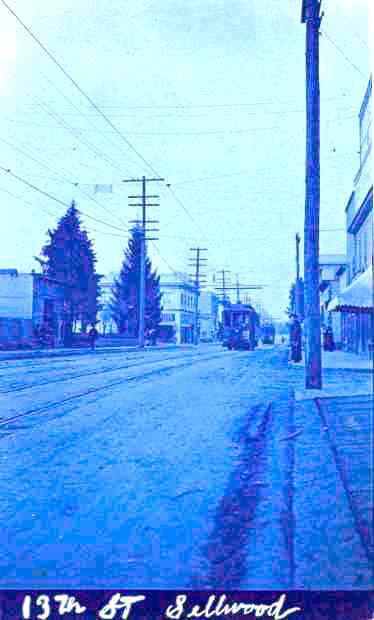 |
|||
|
|
Another early view of 13th Street in Sellwood. |
|
|
Early view of the Sellwood Bank Building on 13th [Stephen Kenney Collection]. |
|
|
The Crew at the old Sellwood Garage on 13th [Stephen Kenney Collection]. |
|
|
Golden’s Pharmacy was at 560 Umatilla Street [Stephen Kenney Collection]. |
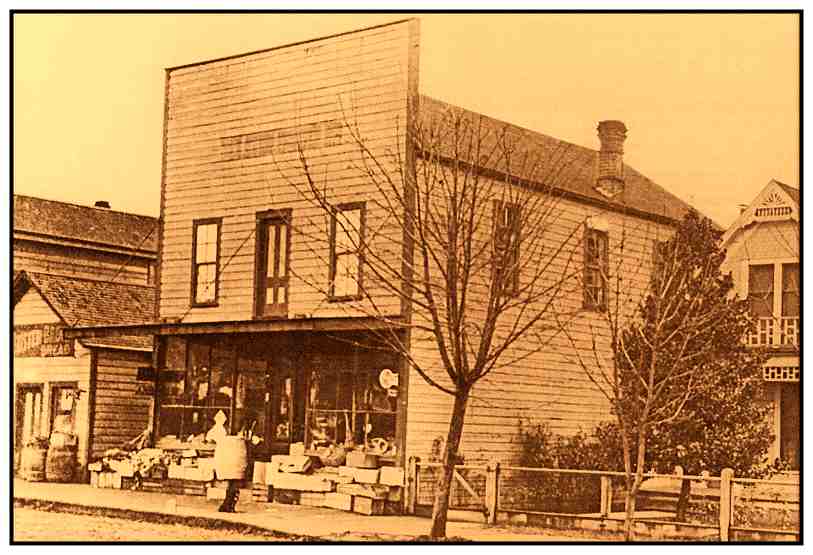 |
|
Campbell’s Grocery Store on Umatilla Street, just west of 13th Street in the 1880s [Photo courtesy of Sellwood History Committee’s 2009 Calendar -- www.sellwood.org]. |
|
Before Sellwood was annexed to Portland in 1893, members of the Sellwood Town Council held monthly meetings on the second floor of John Campbell’s Grocery Store. Recurring issues of the day included public inebriation, securing sanitary drinking water and animals wandering at large, especially goats and dogs. Things haven’t changed much! |
|
|
A snowplow clears the tracks at Golf Junction in 1912. |
|
Last updated 10-28-16 |
|||
|
copyright © 2017 PdxHistory.com |